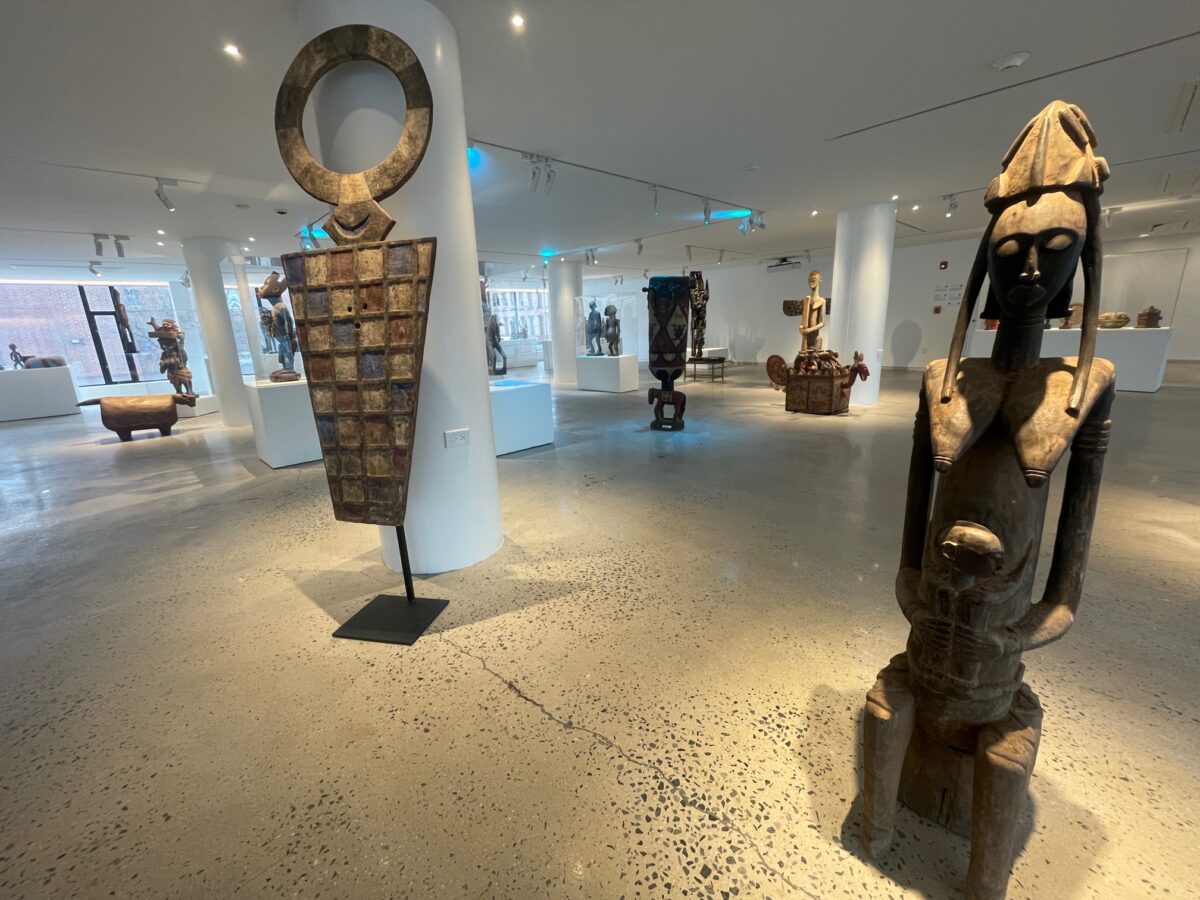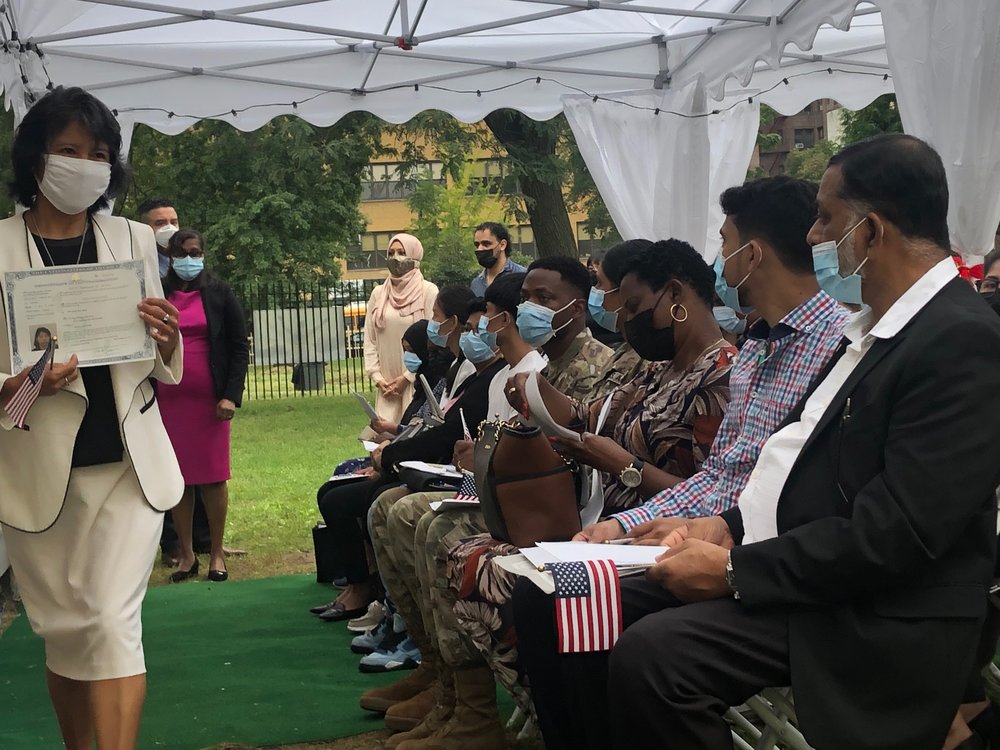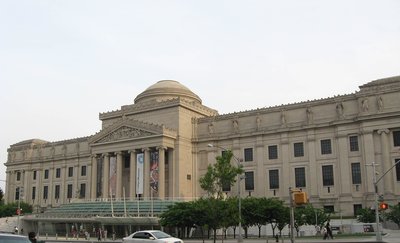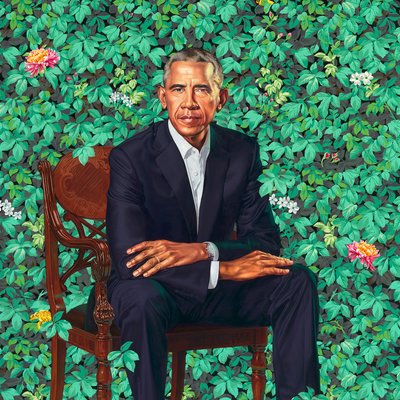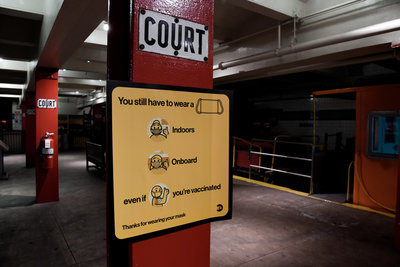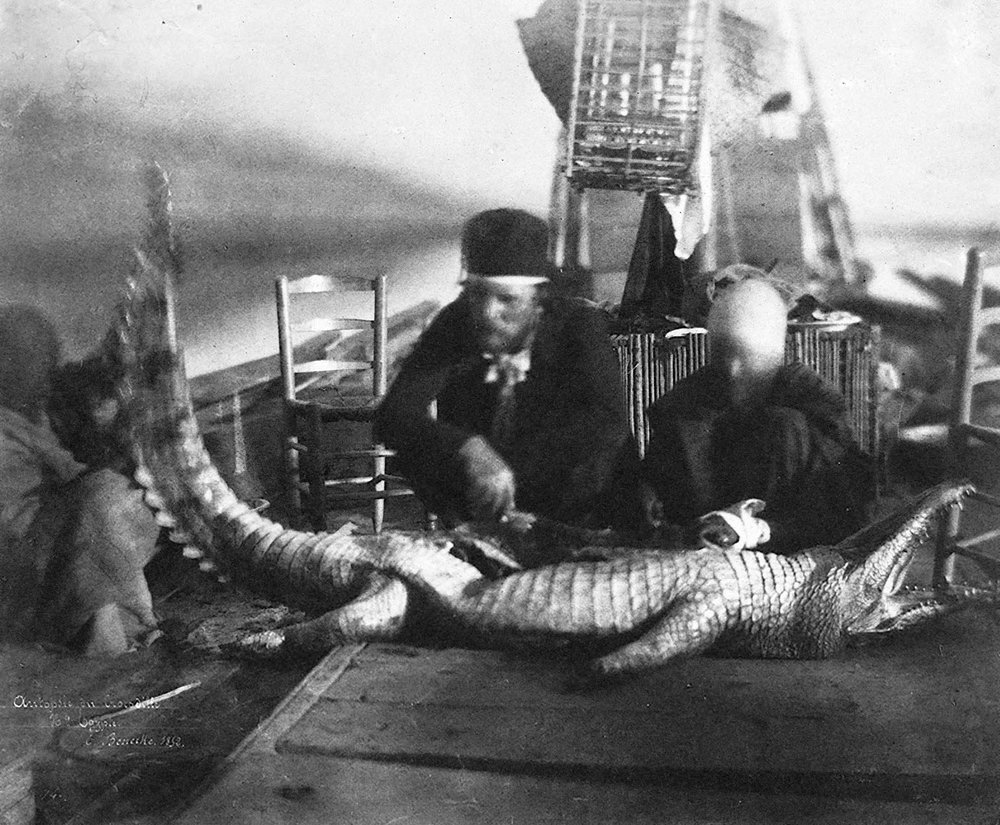‘Believe the Hype’ Column: Revering African Artifacts and New Mexican Fare
By Christine Stoddard | cstoddard@queensledger.com
I stand corrected. In my previous column, I cited statistics about Brooklyn’s Black population using numbers provided by Brooklyn.org. While there was nothing wrong about those numbers (to my current knowledge), Matt Sollars, vice president of the non-profit communications firm Anat, sent me an email about Brooklyn.org. In my column, I wrote that Brooklyn.org was run by the Brooklyn Community Foundation. This was because, at time of press, the website’s footer, Brooklyn.org lists this: “© 2024 Brooklyn Community Foundation DBA Brooklyn Org.” But notice that there is no period between “Brooklyn” and “Org”–and if you didn’t know, DBA stands for “doing business as.” Sollars explained that last fall, the organization underwent a name change. Thus, Brooklyn Community Foundation became Brooklyn Org, and still runs the website Brooklyn.org. In his message, Sollars wrote: “The name change is driven by the org’s mission to engage with all of the borough’s communities and to open up philanthropy to all of its people. Brooklyn Org wants to be a platform and hub for Brooklynites to organize and support efforts to help each other and build the borough.”
It is exciting to receive emails like this for a few reasons: 1. I see that people are reading the column. 2. I get the chance to correct or clarify statements to better serve readers. 3. I learn more about our borough. 4. I feel invited to improve upon future columns.
An Overdue Museum Visit
Since the last edition of “Believe the Hype,” I have stopped by the Cultural Museum of African Art – The Eric Edwards Collection. Or at least “stopping by” was my intention. It ended up being a full-fledged visit, cut short only by other appointments. Every day for months, I have walked past this museum. The grand opening took place on November 18, 2023 only a couple of blocks from my home. This event happened prior to my coming on as community editor of the Brooklyn Downtown Star and Greenpoint Star. Had that not been the case, I might have joined some of the illustrious folks in attendance: Dr. Eric Edwards, founder and executive director of CMAAEEC; Stefani Zinerman, NYS Assemblymember, District 56; Rodney Leon, architect of the African Burial Ground National Monument, the “Ark of Return” at the United Nations, and CMAAEEC; Ambassador Sidique Abou-Bakarr Wai of Sierra Leone; Dr. Mohammed Nurhussein, chairman of the United African Congress; and others. Opening a museum is a political game that requires funding, which Eddie Gajadar, strategic project manager for CMAAEEC, told me has been a process for the institution.
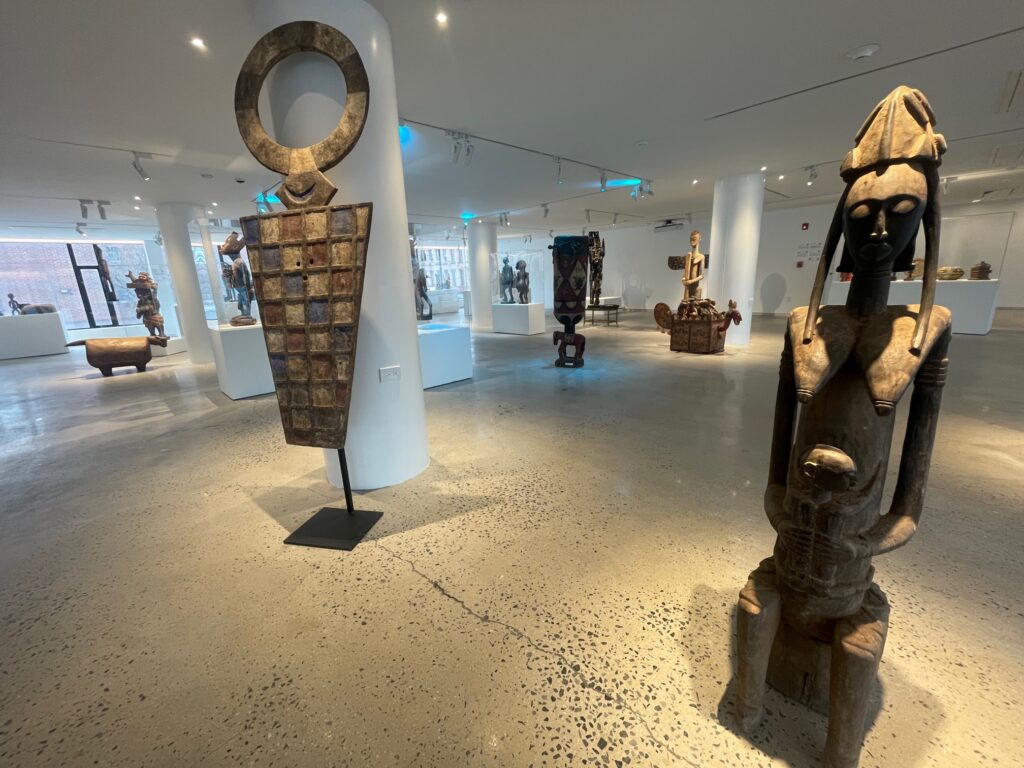
A view of artifacts on display at CMAAEEC. Photo by Christine Stoddard.
By the numbers, CMAAEEC is an impressive collection (re-read last week’s edition for the stats), but, more importantly to me, it is a moving one. I am more likely to be swayed by art than data. The confusing jaunt around Restoration Plaza and to the office space above the Applebee’s was all worth the trouble when I saw the exhibition. African sculptures, masks, and objects of veneration that have been collected with care from across the continent are a rarity. As Gajadar mentioned, much of the African art at The Metropolitan Museum of Art is from East Africa, not spanning the whole continent. Yet Dr. Edwards, founder of the collection, which originated from his home in the 1970s, has taken great care to give these pieces a respectful public resting place. Gajadar told me that Dr. Edwards was a successful AT&T engineer and global salesman, achieving results that were largely unthinkable for an African-American man in the 1960s. African art became his investment—and obsession.
The CMAAEEC space is minimal, quiet, and full of light, allowing for reverence, reflection, and joy. That is the power of intentional design. I personally felt very peaceful looking at the works and then out the windows (yes, all of them), onto the bustling Fulton Street, one of the many arteries where Brooklyn street life pulses. It is fitting that CMAAEEC, a tribute to African ancestors, exists in Bedford-Stuyvesant, the capital of Brooklyn’s Black cultures.
Santa Fe BK
Another place that recently brought me joy and evidenced intentional design was Santa Fe BK in Williamsburg. John Watterberg, who owns the New Mexican restaurant with his wife, Melissa Klein, told me that what he hopes patrons most feel at their establishment is love. Watterberg, a native of Albuquerque, and Klein, a native of Milwaukee, first met in Brooklyn while working as a bartender and waitress, respectively. “We fell so in love in Summer 2007,” he said. And that love infuses the restaurant, which is warm and evocative of Southwestern aesthetics and hospitality.
My partner and I ordered (and highly recommend) the following: the Watterburger, Taco Salad, Chicken Flautas, and Chips & Queso. For drinks, we shared three cocktails: A Good Margarita (which is more than good), Queensmoot, and The Dornishman’s Wife. For a future visit, I am curious about the Enchiladas, as well breakfast burrito options available from 8am to 3pm, or “until they’re gone.” Note: I capitalized the names of the aforementioned dishes to indicate their exact names on the menu so you can order those specific things should you wander over to Santa Fe BK. Maybe for, say, Valentine’s Day.

Melissa (left) and John (right), the married couple behind Santa Fe BK.
While the restaurant has romantic vibes, Watterberg assured me they have a high chair and do serve families, with many dining before 7pm. Watterberg and Klein are parents themselves, with a 9-year-old boy and 5-year-old girl. Their children’s favorite item on the menu is the Bacon Burrito, without the Green Chile so beloved by many adult patrons.
One of my favorite touches at Santa Fe BK? Complimentary Sopapillas with honey. The fried pastries reminded me of the family-style restaurants of my Northern Virginia childhood—Uncle Julio’s in Arlington and Anita’s in Fairfax, for any other NoVa transplants reading this.


